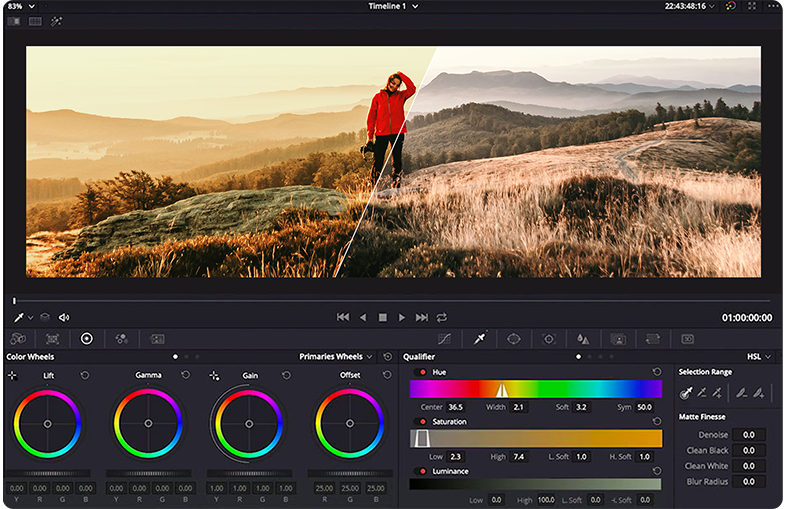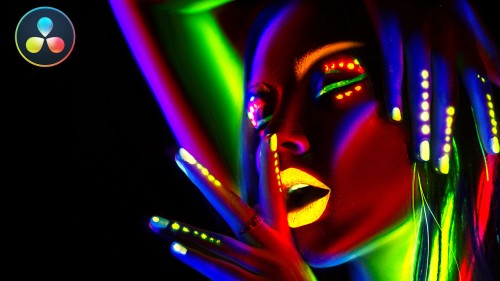
They are similar to color presets you may create and save, but much simpler, as they contain much more information and can apply adjustments to many different properties of color all at once, whereas presets are often much more limited. And they do so completely automatically. Simply put, LUT are powerful tools you can use to elevate your color correction and color grading work.

Lot's to fix up in here but it will show you the basic concept.LUTs (Lookup Tables) are a kind of color filter you use to alter the colors in your image. They apply predetermined sets of mathematical formulas to your video’s existing colors to change those colors and achieve a desired result. They make adjustments to gamma, contrast, saturation, luminance, and hue, essentially taking the original set of colors and changing them into a new set of colors. I have been wondering about whether it's possible to export the CDL with the LUT name in the description section within the CDL which would help with metadata compared to having a new LUT name for everything but that is the workflow I was testing it with. If there are any suggestions on cdl naming schemes or any errors that come up in console I could probably help figure that out. I couldn't get the LUT to apply otherwise, but if anyone knows a better way to do that let me know. I also don't know if resolve still does this but when I first got it working, I had to have the file dummy.drx next to my script to append a node through scripting.

It works off specifically named CDL files in a folder in the format YYYYMMDD_REEL_CLIP_LOOKNAME.cdl with accompanying. Namely, I haven't implemented setting the default lut folder so you will want to change that in the script under the variable defLUT, as well as defPath.

()įorewarning this is not production ready and will likely have to be tweaked. I just threw the initial script I've been testing up on Github here: ambustion/CDL2Resolve: A python script for importing folders of CDL files to a timeline in Davinci resolve.


 0 kommentar(er)
0 kommentar(er)
